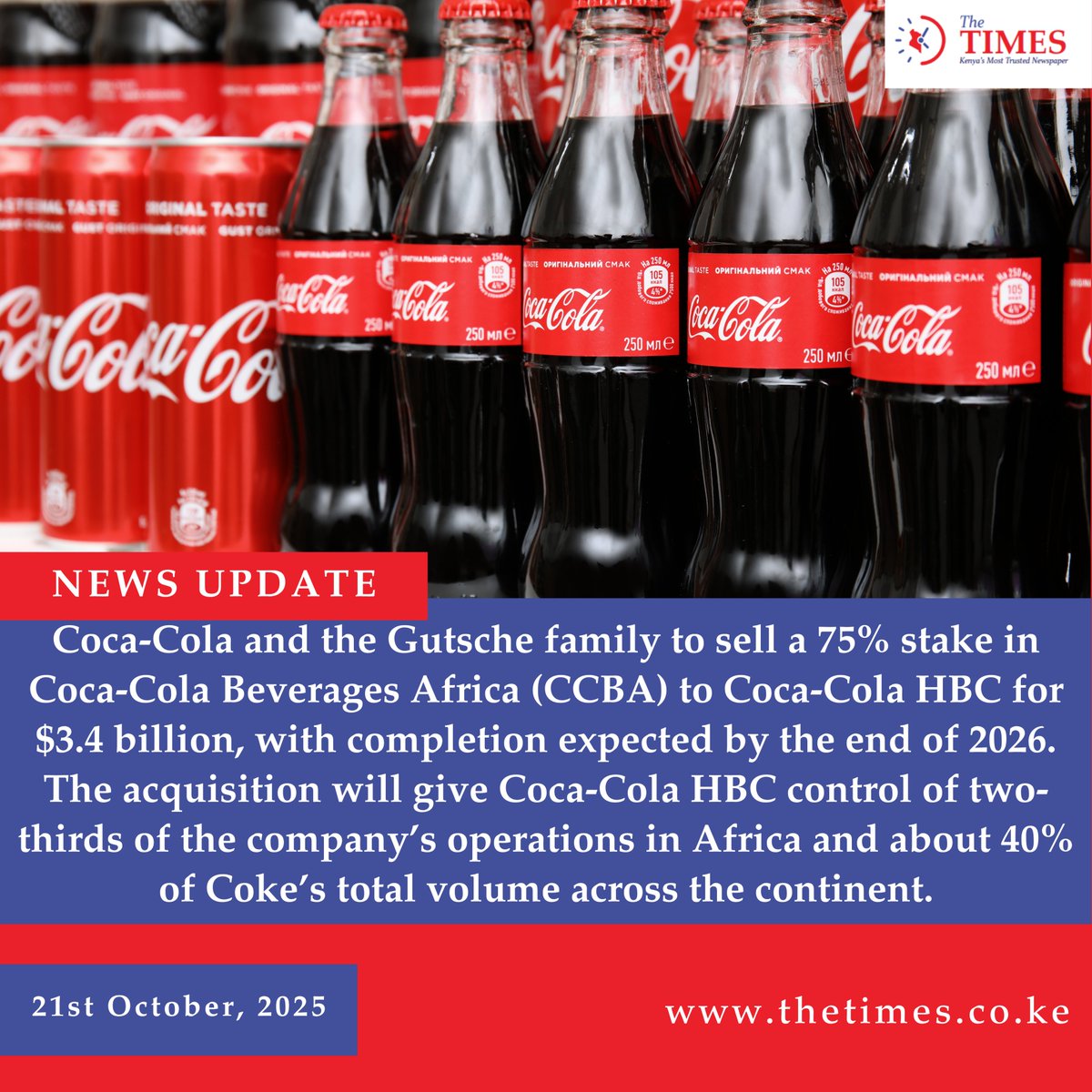Introduction
The recent announcement regarding the liquidation of Murray & Roberts, a prominent player in the South African construction industry, has sent shockwaves through the sector. This development holds significant implications not only for the company’s employees and stakeholders but also for the broader construction landscape in South Africa. As one of the key contractors in the country, the fate of Murray & Roberts is crucial for understanding the health of the construction market, which has faced various challenges in recent years.
Current Events and Background
On October 15, 2023, Murray & Roberts Holdings Limited confirmed that it is entering voluntary liquidation amid increasing financial pressure and an inability to sustain its operations. The company, which has been a cornerstone of construction in South Africa for decades, cited ongoing losses, a declining backlog of projects, and rising material costs as contributing factors to this decision. The announcement followed extensive negotiations and strategic reviews over the past year, indicating that the financial strain had reached an unsustainable point.
Founded in 1902, Murray & Roberts has historically played a vital role in several iconic projects within the country, from infrastructure development to mining and energy sectors. However, in recent years, the company has struggled to adapt to challenges such as fluctuating commodity prices, regulatory pressures, and intense competition. The COVID-19 pandemic had a profound impact, temporarily halting projects and exacerbating existing fiscal weaknesses.
Impact on Employees and Industry
The liquidation process raises significant concerns regarding the future of Murray & Roberts’ 8,000+ employees. The company has promised to handle the process with care, working to facilitate support and retraining programs for affected workers. However, widespread layoffs are anticipated as projects stall and contracts are canceled.
Furthermore, the implications of this liquidation extend beyond the company itself. The construction industry, which has been facing a downturn, may witness increased volatility as stakeholders assess the spillover effects. Analysts predict that competitors might capitalize on the situation, potentially leading to market consolidation as smaller firms struggle to fill the void left by such a large entity.
Conclusion
The liquidation of Murray & Roberts marks a pivotal moment in South Africa’s construction history. As industry veterans and new players navigate the ramifications, it is crucial for stakeholders to adopt strategies that promote sustainability and resilience. Looking forward, the construction sector will require innovative approaches and collaborations to thrive amid ongoing economic challenges. The future may hold lessons learned from this experience, underscoring the need for agility and adaptability in an ever-evolving market.


